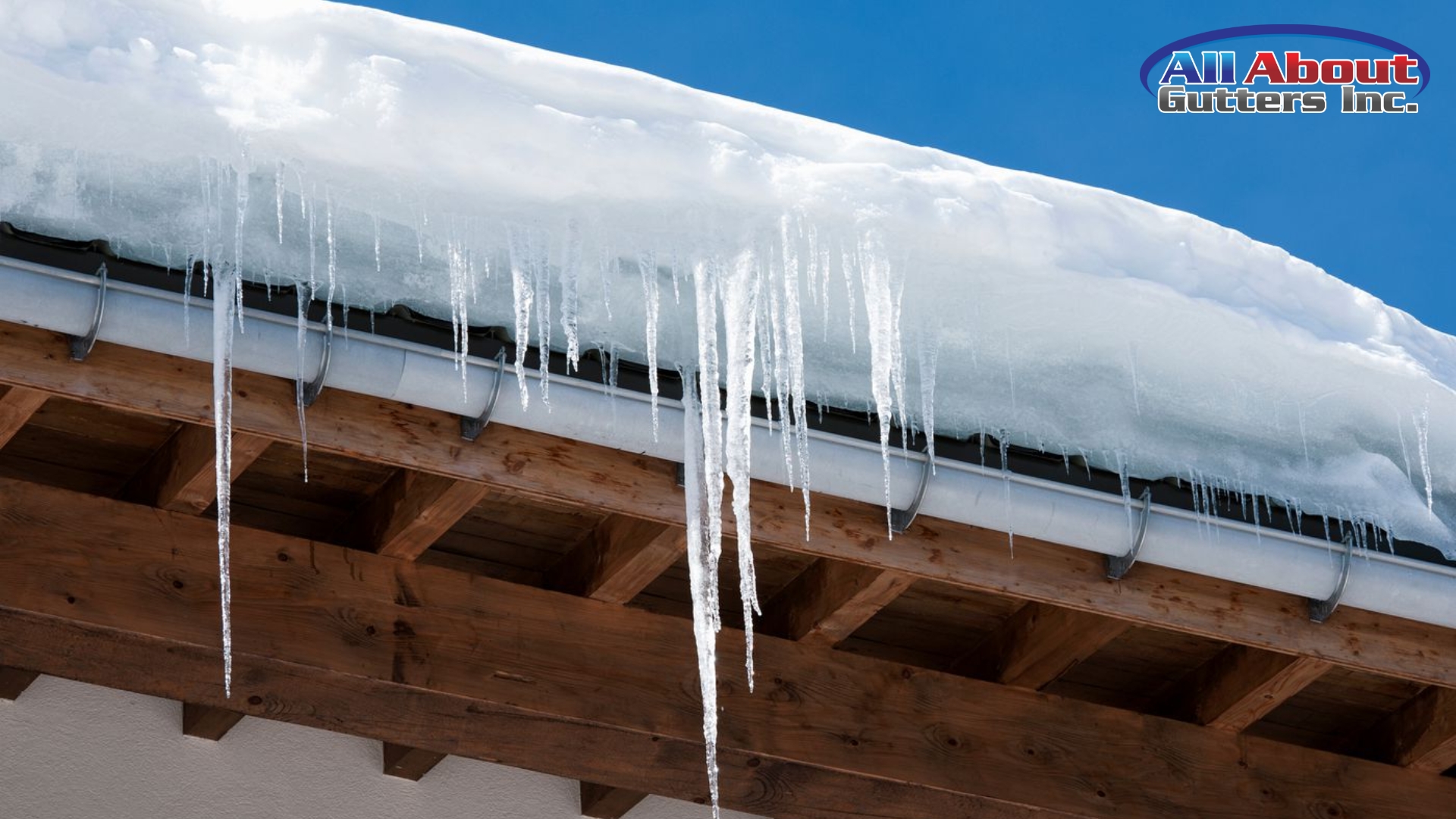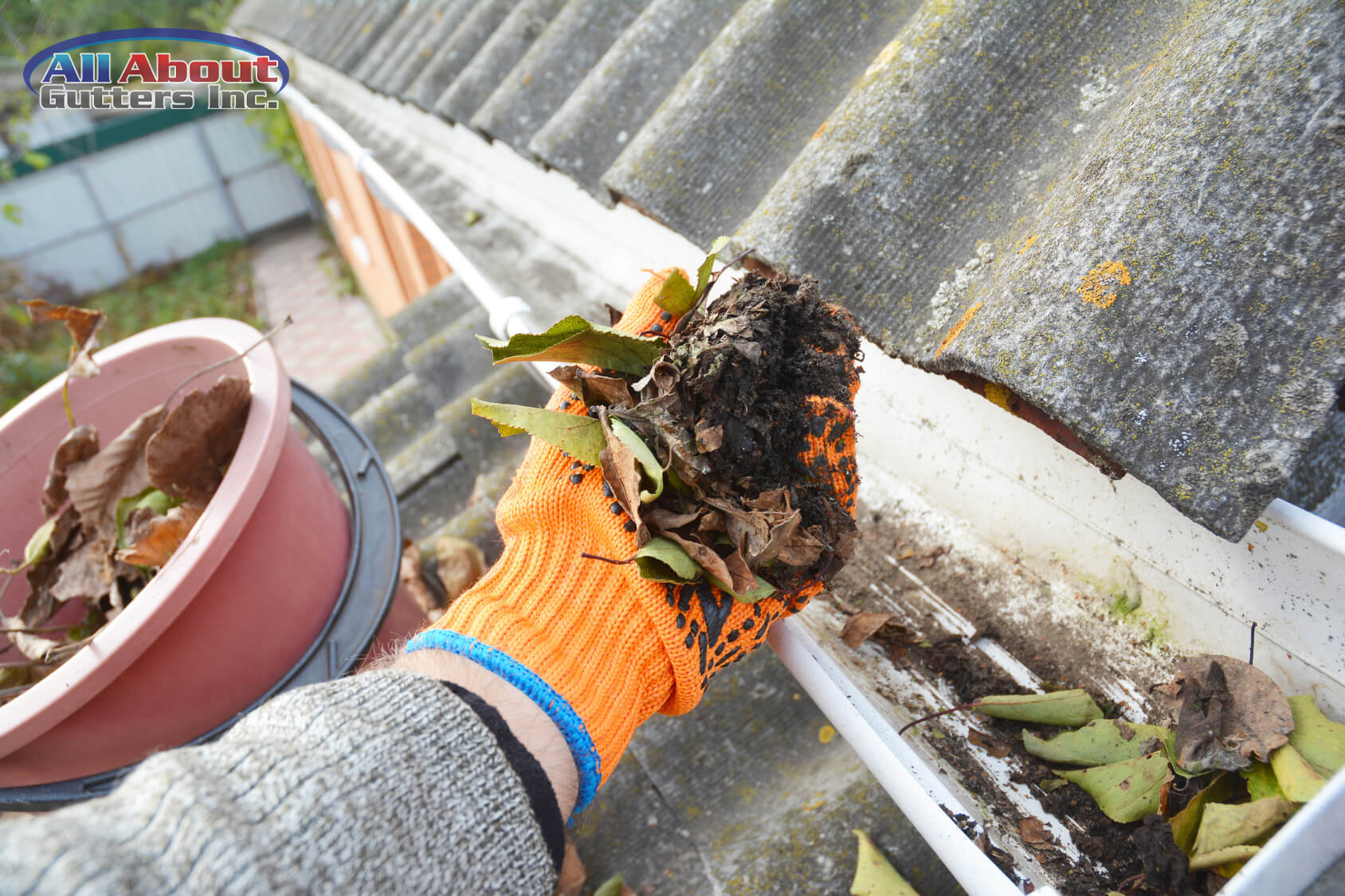Gutter Maintenance and ICE Dam Prevention:
Gutter
Maintenance and ICE Dam Prevention:
The types of gutters
Half Round
Gutters: These gutters look like round pipes cut in half. They were once a
popular form of gutter, but have since become inconvenient. Half round gutters
are cheaper than other styles, but are the least effective. In fact, they only
hold half the water that a K-style gutter can hold. However, half-round gutters
may still be seen on historic homes.
K-Style
Gutters: K- Style gutters have a square bottom with a flare on one side. From
the outside, they look similar to crown molding. Type K gutters hold more water
than half round gutters and are therefore a better choice for homes in colder
areas. They can be 5 to 8 inches wide.
Wide
Bottom/Fask Style Gutters: Some home styles do not work well with K-Style
gutters. Fascia style gutters are more common in cold climate areas. They have
a similar flat bottom, but their outer edge is straight. Also, with a flat
outer face, they can be made narrower, so they stand out less.
Gutters also vary by construction:
Sectional
gutters: Most homeowners are familiar with sectional gutters. They are shipped
in short lengths and snap together during installation. Every joint, where two
lengths of gutters meet, is a weak point that leaks or sags over time. However,
sectional gutters are faster and easier to install.
Seamless
Gutters: These gutters are continuous and have no seams. Instead, they are
custom cut to the exact size the house requires. Corners can be welded or
bolted. As a result, there is no weak point where a leak will inevitably not
arise. Seamless gutters are best in cold weather areas, as leaky seams can
freeze and pull the entire gutter apart. However, these gutters are more
expensive and difficult to install.
Gutter
manufacturers use a number of different materials to create their products,
includes:
Plastic/vinyl: Many
homes have vinyl gutters because they are the least expensive and easiest to
install. However, vinyl is a weaker material that cannot withstand much force.
It shrinks in cold weather and is more prone to cracking than other materials.
You will need to replace them every 10 years, if you are in a cold climate.
Aluminum: Aluminum
gutters are stronger and less prone to rust than vinyl. Unlike vinyl, aluminum
gutters can be seamless and paintable. In cold climates, you'll need a heavier
gauge of aluminum gutter, 0.32-inch or 0.27-inch.
Steel: If you
need a stronger gutter, steel is a good choice. Steel gutters must be
galvanized to resist rusting in wet conditions. You may have to reapply a top
coat every five years if you are in a very wet or salty area.
Copper: Copper
gutters are always seamless and the corners are welded together. They resist
rust, do not sag and do not bend under the pressure of the ladder. Most
homeowners appreciate the look of copper gutters, but they may not work on some
home styles.
Wood: Wood is a
traditional gutter material that few modern homes can benefit from. Wooden
gutters are not only expensive, but they also leak and rot quickly. You may see
wooden gutters on historic properties.
Components of a gutter system
Gutters are not
enough to direct water away from your home on their own. Instead, they are part
of a system.
End Caps: These
flat caps prevent water from running out of the gutters.
Gutter
Brackets: Also called fascia brackets, these brackets hold the gutter up to the
wall. There are many different styles that work for different types of fascia
or gutters. Some are nailed to the fascia or side of the house and provide a
platform for the gutter to rest on. Others support the top edge of K-style
gutters instead of wrapping underneath.
Downspout: Also
called a downspout, a downspout is a pipe that allows water to flow out of the
gutter and into the ground. Round downspouts are used for semicircular gutters,
while square downspouts match Type K gutters.
Downspout
Bracket: These are simple aluminum or metal brackets that wrap around the
downspout to hold it securely to the side of the house. They can be decorative.
Elbow/Shank: At
the end of the downspout is a short section of pipe that bends like an elbow
(or looks like a shank). This section of pipe is meant to direct water away
from the foundation of the house. Gutter reeds can also be decorative.
Downspout
Extension: The slope of a home, or the surrounding landscape, can direct water
back into the foundation. To avoid this problem, you can use a downspout
extension to carry water further away from the house and past problematic
slopes.
Downspout
Gutter Diverter: During heavy rains, water can rush out of downspouts, eroding
the landscape. To avoid this problem, you can place a downspout diverter
directly under the shank. It is a fan-shaped piece of plastic, concrete or
metal that spreads the water, so its impact is not as damaging.
Gutter Guards:
Gutter Guards are screens that are placed on top of the gutter to prevent
leaves and other debris from falling through. There are many different styles
of gutter guards, including mesh and solid panels that leave just a little room
for water to enter the gutter.
The Cause of Ice Buildup on Gutters
Clogged or slow
running gutters cause ice buildup. The reason is simple. Have you ever left
your faucet running, just a little bit, to prevent the water in your pipes from
freezing during exceptionally cold weather? We do this because it takes much
lower temperatures to freeze running water than it does to freeze standing
water. Water normally runs down gutters and therefore very rarely freezes until
it is on the ground.
However, if
your gutters are draining slowly, they are more likely to freeze. If there is
standing water in your gutters, as a result of a clog, the water will freeze as
soon as temperatures drop below freezing.




Comments
Post a Comment